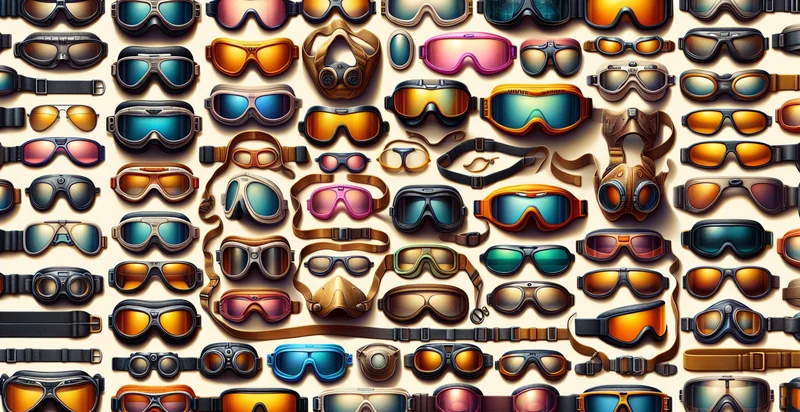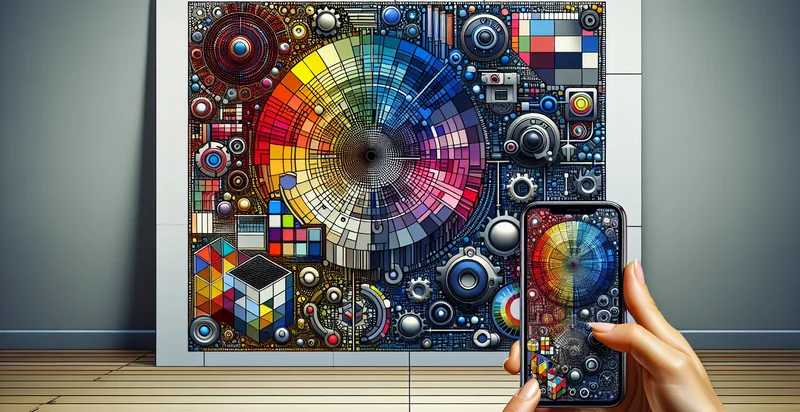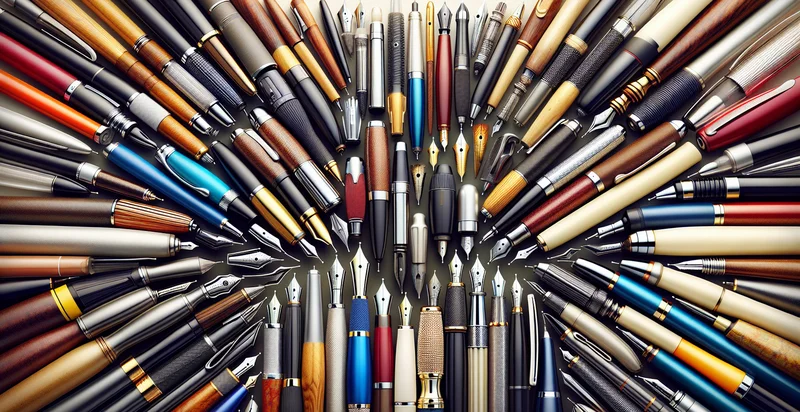Identify goggle type
using AI
Below is a free classifier to identify goggle type. Just upload your image, and our AI will predict what type of goggle it is - in just seconds.

Contact us for API access
Or, use Nyckel to build highly-accurate custom classifiers in just minutes. No PhD required.
Get started
import nyckel
credentials = nyckel.Credentials("YOUR_CLIENT_ID", "YOUR_CLIENT_SECRET")
nyckel.invoke("goggle-type", "your_image_url", credentials)
fetch('https://www.nyckel.com/v1/functions/goggle-type/invoke', {
method: 'POST',
headers: {
'Authorization': 'Bearer ' + 'YOUR_BEARER_TOKEN',
'Content-Type': 'application/json',
},
body: JSON.stringify(
{"data": "your_image_url"}
)
})
.then(response => response.json())
.then(data => console.log(data));
curl -X POST \
-H "Content-Type: application/json" \
-H "Authorization: Bearer YOUR_BEARER_TOKEN" \
-d '{"data": "your_image_url"}' \
https://www.nyckel.com/v1/functions/goggle-type/invoke
How this classifier works
To start, upload your image. Our AI tool will then predict what type of goggle it is.
This pretrained image model uses a Nyckel-created dataset and has 25 labels, including Biking Goggles, Chemical Goggles, Diving Goggles, Dust Goggles, Fashion Goggles, Flying Goggles, Hunting Goggles, Impact Goggles, Kids Goggles and Laser Goggles.
We'll also show a confidence score (the higher the number, the more confident the AI model is around what type of goggle it is).
Whether you're just curious or building goggle type detection into your application, we hope our classifier proves helpful.
Related Classifiers
Need to identify goggle type at scale?
Get API or Zapier access to this classifier for free. It's perfect for:
- E-commerce Quality Control: Online retailers can implement the false image classification function to automatically flag product images that do not meet quality standards, such as having incorrect goggle types or sizes. This will help maintain a consistent product presentation and improve customer satisfaction.
- Augmented Reality Fitting Rooms: Retailers can use the classification function in augmented reality applications to ensure that users are virtually trying on the correct type of goggles. By providing accurate feedback, customers can make more informed decisions before purchasing.
- Inventory Management: Sporting goods stores can utilize the function to verify that the products in their inventory correspond to their digital listings, ensuring stock accuracy. This will minimize discrepancies between what is advertised online and what is physically available.
- Social Media Content Moderation: Brands can leverage the classification technology to analyze user-generated content on social media, ensuring that images tagged with their products actually feature the correct goggle types. This helps maintain brand integrity and can inform marketing decisions.
- Retail Theft Prevention: Security systems in retail environments can adopt this classification tool to identify mismatches between safety goggles displayed and those being worn or taken by customers. This can help in reducing potential theft or misuse of safety equipment.
- Advertising Matching: Marketing teams can use the classification function to ensure that advertisements displayed in digital campaigns feature the correct goggle types. This improves the relevance of ads shown to audiences and enhances overall campaign effectiveness.
- Data Analytics and Insights: Companies can analyze the data from the classification function to gain insights into consumer preferences regarding goggle types. This can inform product development and marketing strategies, helping businesses cater better to their target audience.


